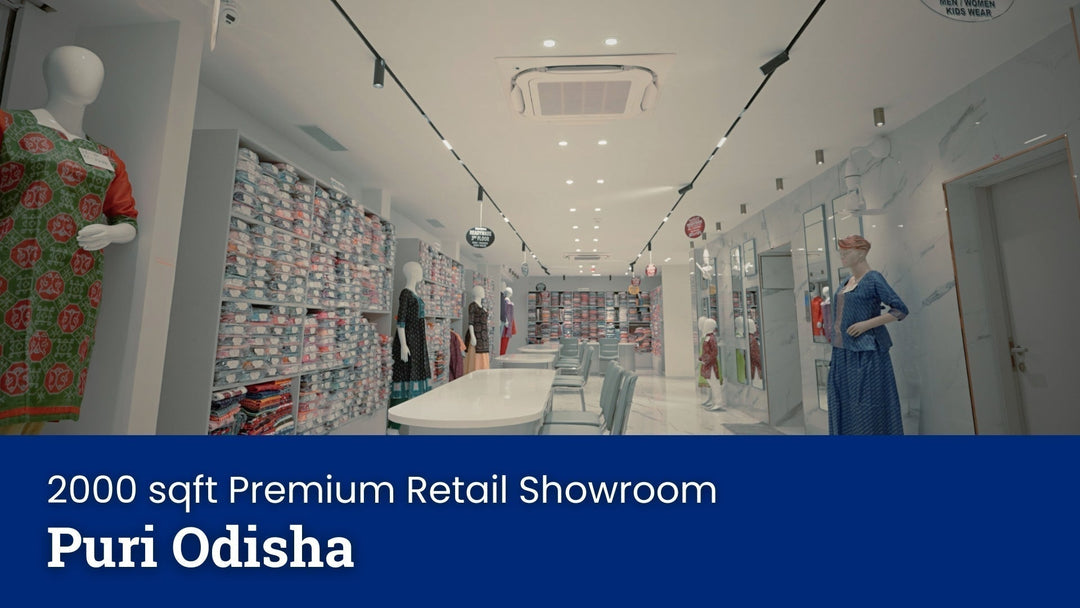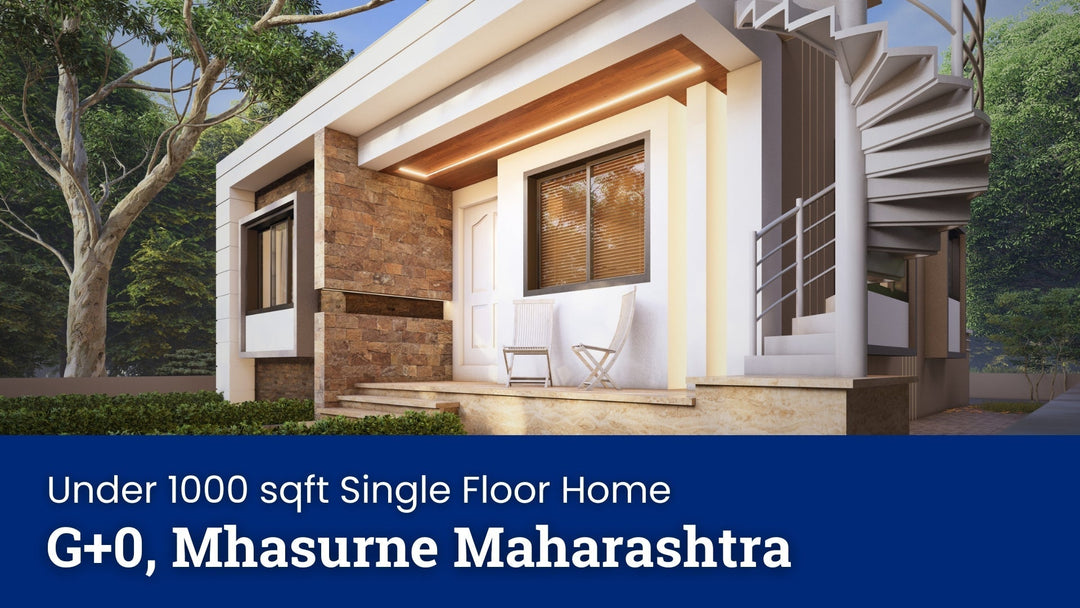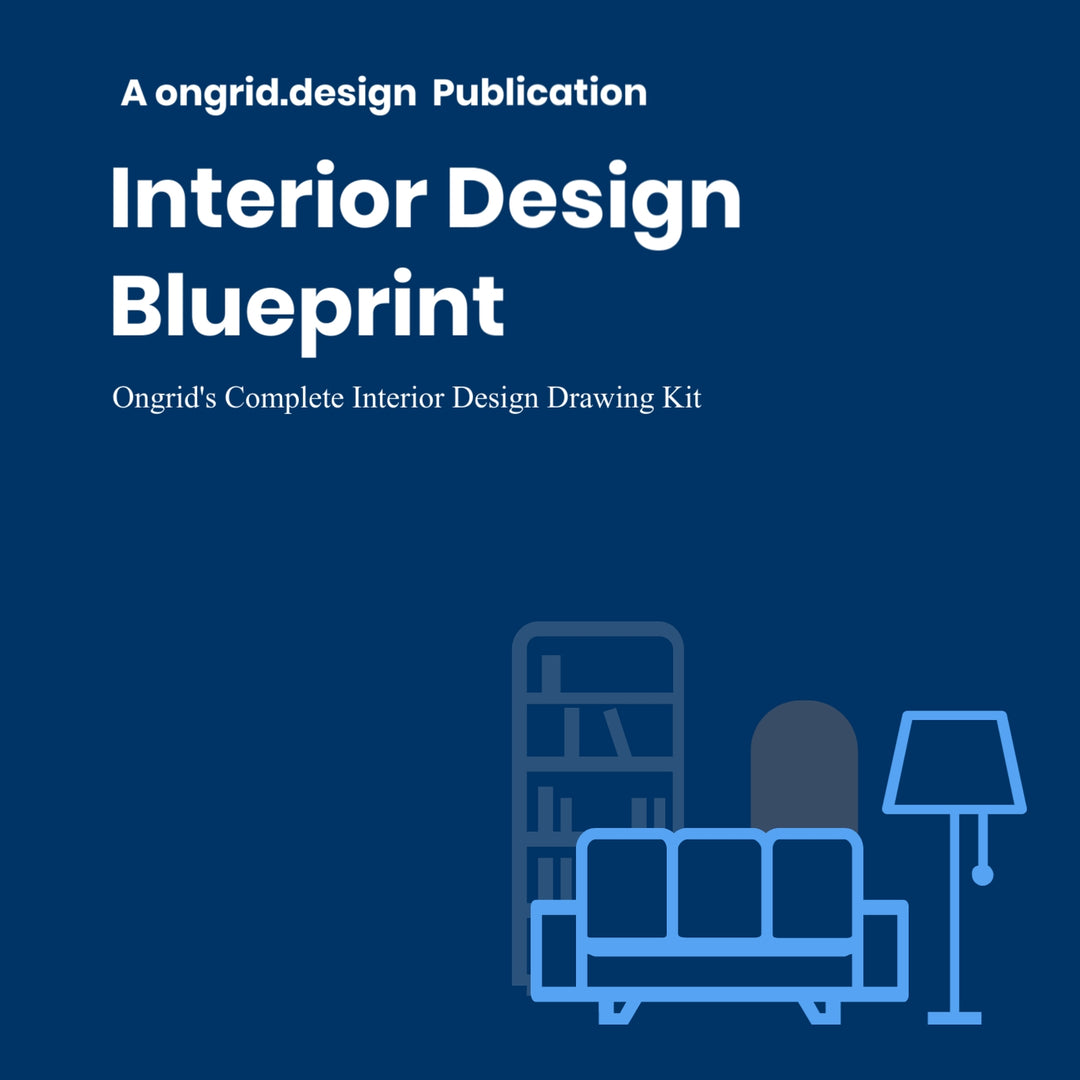The Yadgir Residence – A Climate-Responsive Modern Multigenerational Living in North Karnataka

In the heart of Yadgir, a region of North Karnataka defined by its stark semi-arid landscapes and pronounced seasonal shifts, a new family home stands as a testament to thoughtful, contemporary architecture. This is more than just a building; it is a carefully calibrated sanctuary, designed to nurture the dynamics of a growing, multigenerational family while responding intelligently to the demanding local climate. The project began with a clear and ambitious vision from its owners: to create a modern home grounded in comfort, everyday practicality, and a profound connection to its geography. Their aspiration was to craft a space that seamlessly balanced open, communal living with private retreats, where every room felt generous, filled with natural light, and conducive to both familial interaction and moments of quiet solitude.
Project Data and Technical Specifications
| Category | Details |
|---|---|
| Location | Yadgir, Karnataka, India |
| Plot Area | ~557 sq. m. (~6000 sq. ft.) |
| Built-Up Area | ~734 sq. m. (~7900 sq. ft.) (across all floors) |
| Plot Orientation | Corner plot with primary access from the North-East |
| No. of Bedrooms | 5 (including guest suite and master suite) |
| Living Spaces | Double-height formal living, family lounge, dining |
| Courtyard | Central, skylit, double-height |
| Kitchen Zones | Separate but connected Wet and Dry kitchens |
| Accessibility | Integrated Elevator, wide circulation, adaptable bathrooms |
| Primary Materials | RCC Frame, Masonry with painted render, Tile Cladding, UPVC/Aluminium Glazing, Metal Louvres |
| Outdoor Spaces | Multiple Terraces, Balconies, Ground-level planters, Buffer landscaping |
| Distinctive Features | Central Skylight, Double-height volumes, Glass railings, Vertical planters, Integrated shading devices |

For the Ongrid team, this vision presented a fascinating set of design challenges and opportunities. Yadgir’s context, with its intense summer heat, monsoon humidity, and cool winters, demanded an architecture of resilience and adaptation. The family’s prominent corner plot, while a gift for dual-aspect light and ventilation, required meticulous orientation to mitigate the harsh solar exposure from the western and southern sun. The core challenge was to reconcile a complex brief—encompassing Vastu-compliant zoning, advanced accessibility for elderly members, and distinct zones for public and private life—within a cohesive and elegant architectural language.
The mission was clear: to translate these intricate requirements into a high-performing, climate-sensitive family home. The result is a detailed, buildable blueprint that harmonizes with Yadgir’s environment, empowers the first-time builders with clarity and control, and provides a lasting framework for the evolving dynamics of a large, close-knit Indian household. Explore similar complete set home plans that offer a comparable level of detail and readiness.
The Ongrid Approach: A Journey from Vision to Verifiable Blueprint 
Immersive Collaboration & Brief Development
The design journey commenced not with sketches, but with conversations. Ongrid’s process is anchored in deep client engagement, and for this project, it involved a series of immersive digital workshops, detailed concept discussions, and collaborative scenario planning. We moved beyond a simple list of rooms to explore the family's daily routines, their patterns of interaction, the flow of festival gatherings, and their long-term aspirations for adaptability. The methodology detailed here reflects our standard customized design drawings sets, created through close client collaboration.
This empathetic approach allowed us to co-create a highly detailed Design Brief that became the project's foundational document. Key highlights that emerged from these discussions included:
- Dual Kitchen Zones: The need for separate, yet connected, wet and dry kitchen areas to support both efficient daily meal preparation and the more intensive, elaborate cooking associated with festive occasions.
- A Central Courtyard: A shared desire for a green, breathing heart within the home, not just for aesthetic appeal but for its potential to drive cross-ventilation and provide a serene visual connection between spaces. Learn more about courtyards in modern homes.
- Zoned Living: The necessity for distinct areas for prayer, quiet study for the younger generation, and large social gatherings for the entire family. Discover more on open-plan layouts.
- Future-Proofing & Accessibility: A non-negotiable requirement for an integrated lift and barrier-free circulation to ensure comfort and ease of access for elderly family members. Explore the universal design principles that shaped this approach.
Core Design Strategy: Climate, Culture, and Contemporary Life 
With a robust brief in hand, our strategy centered around three climate-adaptive and culturally attuned pillars:
- Intelligent Orientation & Environmental Responsiveness: The building's physical massing and the placement of every room and opening were meticulously planned to respond to the local climate. Major living spaces and windows were oriented towards the north and east to capture soft, indirect daylight, while the western and southern facades were strategically designed with more solid massing and shading devices to buffer against the intense afternoon sun.
- The Internal Courtyard as a Microclimate Engine: Recognizing the power of traditional Indian architectural wisdom, the double-height living area and central courtyard were conceived as the home's climatic and social heart, designed to pull daylight deep into the plan and facilitate passive cooling through the stack effect. For further insights, see our guide on passive architecture in Indian homes.
- Articulated Façade & Materiality: The exterior was designed as a high-performance envelope. A carefully selected palette of thermal mass materials, deep shading elements, and varied surface treatments was employed to mitigate heat ingress while creating a visually distinctive and modern architectural identity. View the latest elevation ideas for more inspiration.
Key Design Solutions: Translating Strategy into Livable Space

The Central Courtyard: Breathing Life and Light into the Plan
At the core of the residence, the internal courtyard acts as both a climatic and social nucleus. This light-filled void channels fresh air and daylight through the very heart of the house, connecting spaces and family members across different levels. Capped with a protective skylight, this voluminous space is engineered to enhance the stack effect—a natural ventilation phenomenon where warm air rises and escapes, drawing cooler air in at lower levels. This passive strategy is designed to naturally cool the main living areas, significantly reducing the reliance on mechanical air conditioning during Yadgir's hot summers.
Visible from the formal living room, the dining area, the family lounge, and the upstairs circulation, the courtyard serves as a constant, serene point of reference, reinforcing a sense of openness and connectivity throughout the home. This approach is a direct application of climate-responsive design principles that demonstrate how traditional concepts can be leveraged for modern comfort.

Layered Zoning: Where Privacy and Community Coexist
The floor plan is a masterful exercise in intelligent zoning, carefully delineating public, semi-public, and private spaces to cater to the nuanced needs of a multigenerational family.
- Public & Semi-Public Zones: The guest suite, formal living room, and main dining area are strategically aligned along the eastern side of the ground floor. This orientation allows them to capture the soft, pleasant morning light while remaining shielded from the harsher afternoon sun. These spaces are designed for hosting visitors and larger family gatherings with ease.
- Private Sanctuaries: Bedrooms are thoughtfully positioned to overlook private gardens or the internal courtyard, buffered from the more public areas by circulation corridors and integrated storage zones. This ensures that each family member has a quiet, personal retreat.
To manage the dynamics of multigenerational living, where collective gatherings and individual quiet time are equally important, the design incorporates flexible thresholds. Large sliding doors and elegant louvered partitions between the living, dining, and courtyard areas facilitate both expansive spatial openness for festive occasions and the option for acoustic separation when needed for quiet work or study.

The Double-Height Living Area: Crafting Volume, Light, and Drama
A key feature that defines the home's contemporary character is the dramatic double-height living area. This striking vertical space, visually connected to the family lounge on the first floor via an overlooking balcony, creates a powerful sense of openness and grandeur rarely found in conventional regional homes. For design ideas and inspiration, explore living room design inspirations. The section drawings reveal the intelligence behind this move: high-level, north-facing clerestory windows are positioned to deliver abundant, diffuse daylight deep into the building's core throughout the day, minimizing the need for artificial lighting while avoiding direct solar gain and glare. This voluminous space not only fosters a sense of cross-floor dialogue and connection among family members but also visually anchors the home's modern, light-filled identity. 
A Climate-Responsive Façade & Seamless Outdoor Integration
The rendered perspectives of the home reveal a carefully modulated and high-performing façade. This is not just a decorative skin but a hardworking system of passive climate control. The design employs a sophisticated blend of materials and techniques:
- Strategic Glazing: Extensive glass is used on the north and east facades to maximize daylight, while it is used more judiciously and with deep shading on the south and west.
- Integrated Shading Devices: Deeply recessed windows, cantilevered balconies, and precisely angled metal louvres are integrated into the design to act as effective sun-breakers, preventing direct solar radiation from hitting the glass during the hottest parts of the day.
- Material Articulation: The exterior is a rich composition of smooth painted masonry, textured tile cladding, and vertical green elements, breaking down the building's mass and adding visual interest. For more façade options, see the distinctive duplex elevations collection.
- Promoting Outdoor Connection: Generous terraces and balconies encircle the building on the upper floors, providing private outdoor spaces for each bedroom. These act as transitional zones, encouraging a connection with the outdoors while remaining shaded and protected. For specific inspirations, view the modern duplex with terrace home plan.
- Microclimate Cooling: Ground-level planters, lush terrace-edge gardens, and green buffer zones around the building's perimeter are integral to the design. This landscaping helps cool the immediate microclimate, facilitates rainwater percolation into the ground, and softens the transition between the built form and its natural context.

Vastu-Sensitive Planning: Integrating Cultural Harmony with Modern Living
A deep respect for Vastu Shastra was a core requirement of the client's brief. The design team meticulously integrated these principles without compromising the home's modern functionality or spatial flow. The plans demonstrate a sensitive balance:
- The kitchen is correctly positioned in the south-east (the Agni or fire corner).
- The master bedroom occupies the south-west, promoting stability.
- The prayer zone is located in a serene, private area adjacent to the main circulation.
- The central courtyard aligns with the concept of the Brahmasthan, keeping the home's energetic center open and light-filled.
This careful alignment of rooms and functions ensures the home resonates with cultural values while providing a framework for contemporary, practical living.
Advanced Accessibility & Long-Term Adaptability 
Future-proofing the home for all generations was a key design driver. The blueprints incorporate an elevator connecting all floors and feature broad, clear horizontal circulation paths, ensuring elderly family members can navigate the entire home with comfort and independence. All bathrooms are generously sized, with layouts that can be easily and affordably adapted in the future with accessibility modifications like grab bars, demonstrating a design that is considerate of the family's needs for decades to come. Learn more about accessible home design.
The Outcome: Empowering a Family with a World-Class, Buildable Blueprint 
The final deliverable for this project is an exceptionally tailored and rigorously detailed set of construction documents. The blueprint confidently negotiates the challenges of a semi-arid North Karnataka climate, the dynamic requirements of a large family, and the client’s ethos of modern living in harmony with tradition. It is a design that integrates high-volume, light-filled spaces with robust strategies for passive cooling and daylighting, and ensures long-term adaptability for all ages.
Throughout the digital-first, collaborative process, the client was an informed and integral part of the design journey. Ongrid’s methodology ensured they evolved into a confident Project Owner, equipped with the clarity and control needed to transition to the construction phase with independence. Each asset—from the detailed, dimensioned floor plans and technical elevations to the insightful section drawings and atmospheric 3D renders—provides the family and their chosen contractor with an unambiguous and comprehensive guide for execution. Discover how the digital design process has empowered other homeowners.
Closing Reflection
Project 1125 stands as a compelling model for thoughtful, regionally responsive home design in Karnataka. It demonstrates with clarity and elegance how the distinct forces of climate, culture, and contemporary family aspirations can converge to shape not just a dwelling, but a generational legacy. For similar success stories, see our modern climate-adaptive case studies. This project represents both an architectural and a deeply personal journey—one that successfully fuses expert, data-driven guidance with client ambition to create a beautiful, sustainable, and truly livable home for decades to come.










